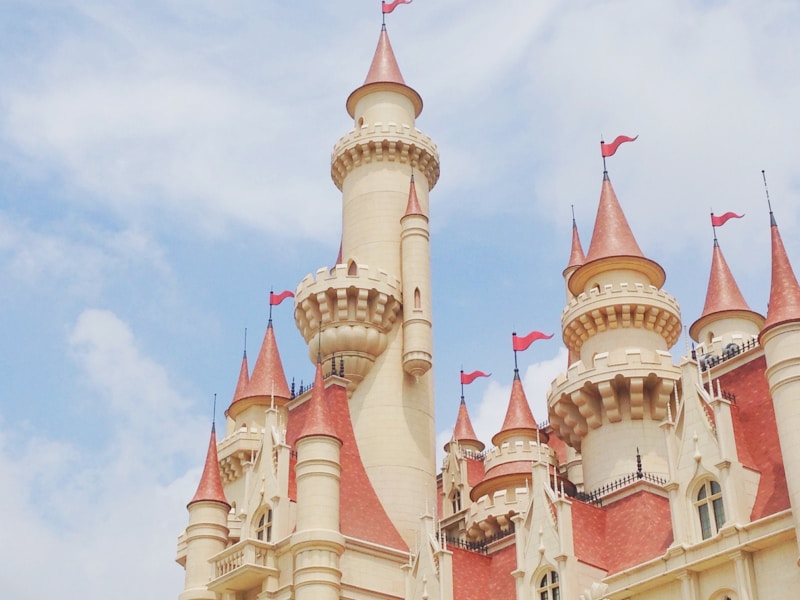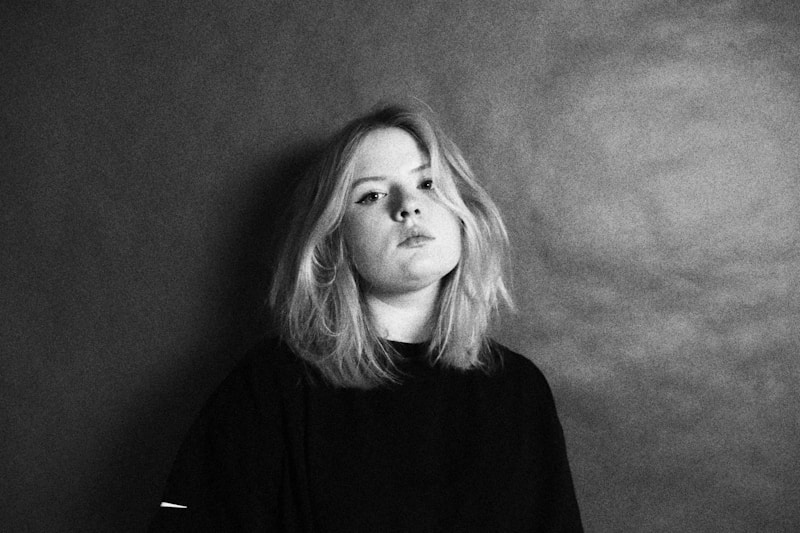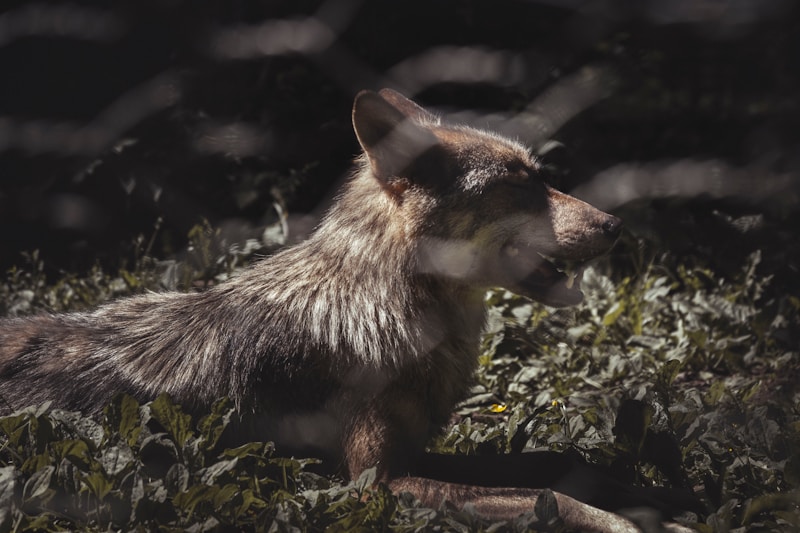Dream Dictionary
Archetypes and Universal Characters

When we move through various stages of change, we will have different types of dreams. Conflict oriented and Chase dreams occur while we explore the necessary transformation or integration that must occur. The Natural Disaster type dream, Crow, Raven, Phoenix or Fiery Ram often appear to symbolize archetypes representing sacrificing the past foundation in order to move into the future. As we begin the transformative journey or rebirth, we may dream of accompanying an Unknown Child, then find ourselves with an older child as a representation of the birthing, cultivation or re-parenting of new aspects. We might then dream of natural landscapes with furniture erected of natural objects as we get more earthy and grounded in who we are and what we need to succeed. Finally, we can meet the Wise Guide as a representation of the wisdom that has developed within, and our new ability to be inspired as we grow empowered to become self-directed.
The many characters that appear in dreams represent an aspect of you as you change and grow. Police stop you in dreams when you are doing something ‘illegal’ or when an evolving aspect is transcending the critical or disciplinarian tapes of conscience. Waitersand Waitresses appear when you are exploring a more appropriate way of nourishing yourself. Firemen can symbolize the defense mechanisms that 'douse' your real feelings and emotions. At the same time, the fireman can be a clue that passion isn't achieving expression. Babies or the Unknown Child will represent the birthing of your new identity, while the death of someone suggests elements, which must ‘pass on.’ You might know that you are somehow responsible for this ‘death’by feeling victimized or pursued, but only you can allow for the death and rebirth. You can be ‘suddenly saddled’ with the responsibility of caring for this ‘Unknown Child ,’ which suggests how you are not quite sure what to do with your emerging and ‘new identity.’
Intrudersappear when you believe you are being invaded, or when you have revealed your intimate self with someone and felt uncomfortable. The stalker or intruder can also personify qualities that remain unintigrated but are a key to your empowerment. Abductorswho try to kidnap you reveal a part of you that you are having difficulty integrating. You may have gotten caught up in a competitive situation that brought forward traits you are not comfortable with and in a sense, you felt 'abducted.' (see Aliens) These types of encounters reveal Archetypes, such as the Animus, Anima, dark one, monster, devil or Shadow, which will always represent that part of your power, which appears frightening or unknown to you.
Women being ‘kissed’ by a monsterin dreams will often coincide with the onset of menstruation and menopause, or those times in life when her body demonstrates a power that is beyond her control. Meeting this character always coincides with monumental stages of her development. Think about the character that attempted to kidnap you or break into "your house"...If a woman dreams of an attractive but frightening male in this way, he represents her ability to move fearlessly through the world. Accessing the power that this character holds over you often represents a power that remains dormant, which can lead to integration and wholeness.
The Wise Woman or Wise Manare often reflective of intuition and how it guides you. These types of characters appear commonly when you are going through a difficult period of transformation. They reveal a profound sense of guidance, but also how you are accessing and becoming more seasoned.
Jung explored common symbols in dreams that possessed universal meaning. While symbols can represent personal issues, our mythologies portray the universal themes that appear commonly in dreams. Jung called these elements Archetypes:
1. The Persona is the mask you wear into the world, and in dreams, your evolving nature and potential takes form as your Persona depicted by the many characters you meet. The Persona is also explored through the symbolism of clothing. See Persona.
2. The Shadow is your rejected and repressed aspects. At some point, you may decide that some part of you is unacceptable because it suggested weakness, fear of fitting in with the group, or unresolved anger. In actuality, these aspects become the power of untapped potential. The Shadow is often represented by the Intruder, Pursuer, or Monster. See Shadow.
Freud described repression as how “a shadow falls over the ego,” paralyzing its ability to perceive in the present. Through projection, one fails to observe objectively in the moment, but witnesses an overlay where the past is infused over the present. Since you cannot ‘own’ these qualities, you discover these aspects in others, as the ‘enemy.’
As a type of defense mechanism, he believed repression worked to keep the truth inaccessible. He also explored fixation and fetishes as being organized by ideas that evoked a sense of attraction and repulsion at the same time. An urge that initially sought pleasure brought instead, displeasure as the pathway from urge to satisfaction was distorted.
This convergence of feeling is at the root of the intense emotional response or charge that is created when you encounter your Shadow in another. Understanding the Shadow is central to your empowerment and wellness. When you can understand and transcend the initial displeasure arising in this type of encounter, you are able to access the truth of what you fail to acknowledge within.
While Freud hinted at it, Jung pioneered the study of the Shadow and referred to it as the repressed and undeveloped aspects of the personality. Their diverging ideas created a schism between them, demonstrating the enormous power that the Shadow holds over us in our relationships. Although they both explored the unconscious to understand repression, their personal experiences led them to describe its contents differently. Where Freud projected his sexual frustration into his interpretations, Jung came to project his strong need for spiritual freedom. In their encounter, Freud may have been threatened by Jung’s sense of freedom and wholeness, while Jung bristled at the idea of such a limited system of interpretation.
Jung described projection as changing “the world into the replica of one’s unknown face. The more projections are thrust between the subject and the environment, the harder it is for the ego to see through its illusions.” He described the Shadow as those dark, unwanted, and unrecognized qualities of the ego that were deemed negative and ultimately repressed. Understanding the creation, repression and ultimate resurrection of the Shadow, provides a basic understanding of why we dream. While you sleep, those sides of you that remain dormant are given expression. When the dream conjures fear, you can be certain that its symbolism offers clues to your empowerment by integrating the elements associated with the Shadow.
3. The Anima / Animus represent the female and male aspects of the opposite sexes. Men and women possess feminine and masculine traits and in dreams, the anima may appear to a male as a highly feminized figure. The animus is the male ‘protector’ or associate who appears to the female. Men will dream of doing feminine things, like wearing a dress, while a woman may do things that would be considered masculine like dominating or mounting another woman. These type of dreams are coaching the male toward sensitivity, while the woman may be exploring empowerment through a dream of domination. These qualities emerge as a reminder of how the female must develop her assertive or masculine potential, while the male must be sensitive or introspective in expressing and blending his feminine side into his masculinity. Both the female and male qualities are necessary in authentic empowerment and balance. Anima/Animus
4. The Unknown Child symbolizes your innocence and potential. Like the soul, it represents vulnerability and helplessness, but also aspirations and insight into integrating potential. As you evolve, you sometimes dream of accompanying a baby or young child suggesting this ‘new’ and emerging side of your Persona. The fact that you may not know where the child came from, or what you should do with it, suggests the way that who you are becoming today is constantly growing or experiencing rebirth as you grow to meet the future.
5. The Wise Man acts as a guide or helper in dreams. You may meet a religious icon, an old man as a teacher, father or some other unknown authority figure. Often, they will say special words of wisdom and offer guidance. This figure represents the higher self and your ability to transcend difficulty. It is important to record the message or symbols that are associated with this character as a way of understanding your way through the transformative landscape. Representing masculine or productive elements, they often present the keys to your social success.
6. The Great Mother can appear as a real mother or grandmother, suggesting your adopted nurturing qualities. Offering reassurance or direction, Jung also thought that the Old Woman represented the ‘unattractive’ aspects of the feminine, appearing as a Witch or old Bag Lady. In this case, she can be associated with guilt, seduction, dominance and death. This duality suggests that although the mother is the giver of life, she can also be jealous of how you become self-sufficient. Representing your critical tapes turned inward, meeting the Old Woman as a negative character can help you move beyond repression and dis-ease. Meeting the positive figure usually coincides with the male moving actively toward intimacy, or the female moving toward increased self-esteem.
7. The Trickster is the cosmic jester of the dreamscape and portrays the unconscious active in consciousness. The psyche has an amazing and clever way of injecting humor into dream symbolism in an effort to jar the status quo. This humorous character straddles the same psychic trading post where inspiration is packaged and sold as spirituality. Manifesting in many forms, he stands at the psychic crossroad, pointing like the scarecrow in the Wizard of Oz. His antics reveal the ridiculous way that you believe you must make choices. There are many roads and the right road is sometimes just the pathway exposing the contradiction inherent in absolutes. In the middle road between good and evil is your willingness jump into the unknown.
The Trickster offers a puzzle and asks you to dance awhile with ambiguity, so life’s deeper mysteries can be revealed. Portrayed in a Freudian slip, it is Trickster who plants the whoopee cushion in the psyche, triggering laughter when you know that the time is not appropriate. Humor often arises when you perceive an incongruity. Cloaked as the Fool or Vagabond, he points to the middle way between absolutes or the conflicting ideas that have stunted your evolution.
The Raven, Crow or Coyote appear in myths asking the hero to sacrifice the body in return for metamorphosis. Often presenting you with a wild card of possibilities, the Trickster of the psyche is not afraid to send you out with mismatched shoes during an important presentation when you are in the ‘wrong place.’ Teaching a lesson of humility, you find this Jester of the inner landscape, making you laugh at yourself in all of your serious attempts to be certain.
Trickster represents the power of humor that allows you to see your inner contradictions. Instead of finding your ‘home in the absolute,’ you are forced out like a hobo in search of a train. Humiliated and riding in a boxcar, you encounter everything you believed you’d never see. You have no choice but to shake your head and laugh when the rug is pulled out from beneath your interior house of cards. “Oh my, is this what life feels like down here in the gutter? I can’t tell you why, but I suddenly feel alive again.”
Trickster inspires the late night comedian who says what nobody else would dare say. He makes you blurt out the comical truth when in all gravity, you have found yourself trapped in your illogical ideas. Trickster inspires dreams of going to school in your underwear, when what you most want is to abide by the golden rule. It is Trickster who removes the bathroom walls, in dreams where you have no choice but to ‘relieve yourself’ in public. “Let go…be intimate…find your human side and live.” He is the breath of fresh air found at the top of the mountain or sometimes, face down in a puddle, in your migratory journey across the psychic landscape.
In myths, what Trickster does is always the opposite of what is considered sacred. Like the process of dreaming, Trickster leads you through stages in mysterious steps to ‘trick’ you into growth. We see this in American Indian stories that are humorously interwoven with bits and pieces of truth and insight. In the same way, dreams offer a non-rational way of perceiving experience, beyond the defense mechanisms created by rote and reason. Trickster keeps you from taking yourself too seriously. As a powerful and transformative aspect of the psyche, when a character appears that makes you feel uncomfortable or silly, you meeth the great shape shifter that confronts limitations to show you a new way through a transformative process ~ usually with humor. See People Attack or Being Chased.














